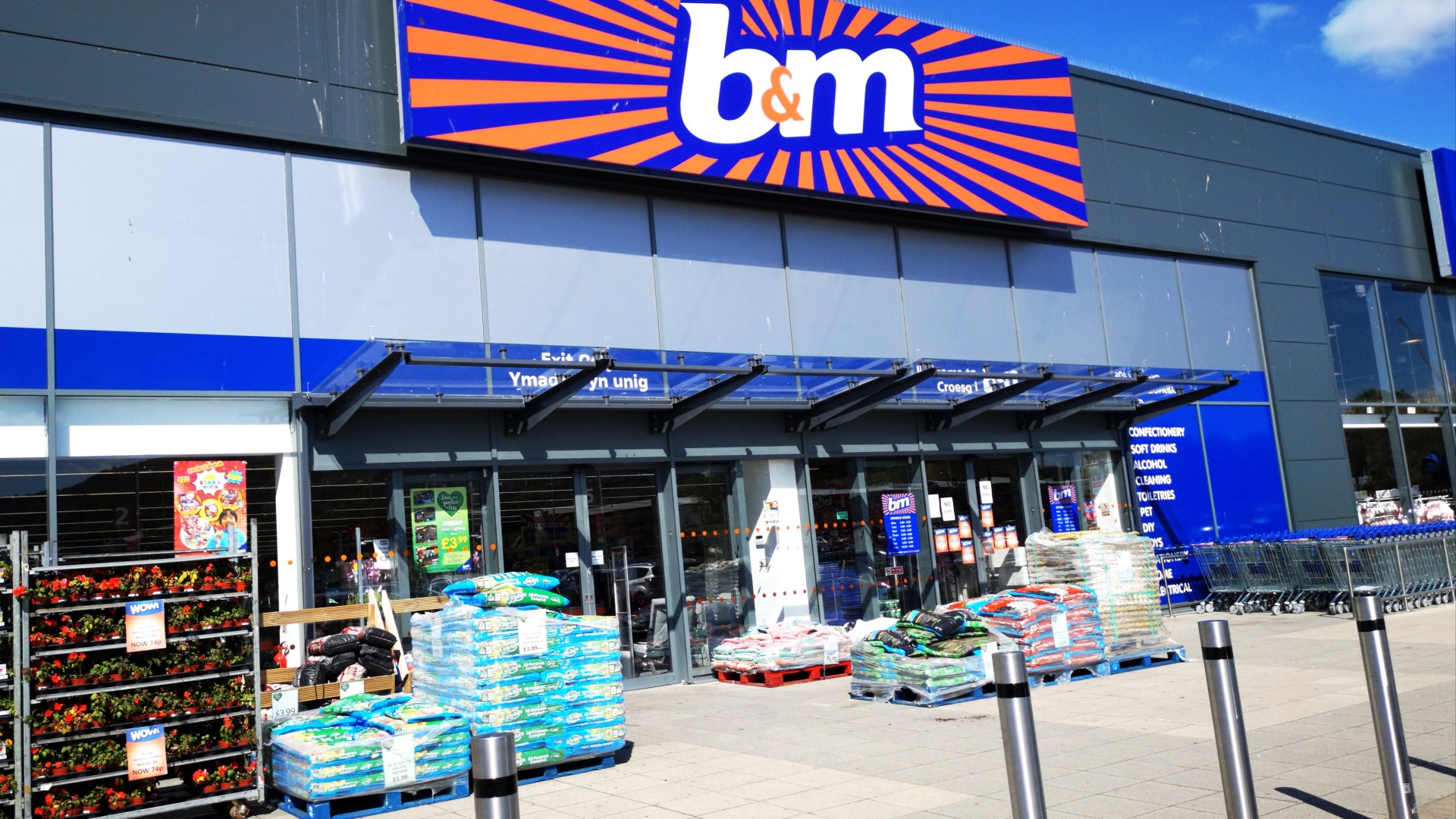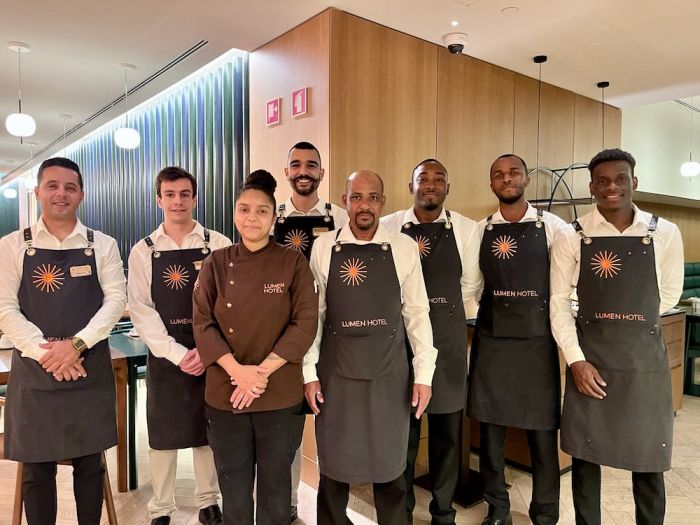Hello and welcome to Working It.
I’m Bethan Staton, the FT’s deputy work and careers editor, standing in for Isabel this week.
It’s been an eventful month, and we’re still not even halfway through November. After anticipating that US workplaces would be riven by days of results uncertainty, the presidential election was over quickly. The resounding Republican victory was summed up by the FT’s weekend splash: “Trump Unleashed”.
The next four years will certainly keep FT reporters busy. Our stateside journalists are digging into what Trump will mean for working life. With his remarks and track record, the president-elect has indicated he could crack down on DEI initiatives and union organising. Changes in healthcare and immigration policy may have far-reaching implications for individuals, communities and the US labour force, and efforts to streamline government will have big consequences for federal employees.
But what does this mean for workplaces right now? And how should managers and HR leaders be reflecting on the election? More on that below — as well as thoughts on a career in quant, and a podcast on advice for younger workers.
What does the US election mean for managers?
One of the most striking things about the election result was the extent of Trump’s win — especially with working-class voters and from minority communities that tend to be more economically precarious.
As this FT analysis shows, Trump attracted support from voters without college degrees and on lower incomes, while higher-earning voters with advanced level education backed Democrats. Pundits say much of that is linked to economic malaise. Despite the US economy doing well, ordinary people are feeling the pinch from higher prices — those with lower incomes are much less likely to feel the economy is working for them.
If the worst predictions for a Trump presidency come to pass, leaders and organisations will need to step up to support marginalised workers who could suffer as a result. They can also respond to inequalities that already exist by better distributing access to material opportunities, and creating and maintaining a genuinely diverse workforce.
“What we’re finding is most professional workplaces and large companies skew significantly liberal,” Matt Sigelman, the president of the Burning Glass Institute, a research organisation focused on labour mobility, told me. Some of those divides are evident outside America too, and differences between wealthier professional workers and those who feel more economically sidelined “raise important questions about workforce dynamics” that are relevant to managers and decision makers.
One of the most immediate questions is about managing differences. “How do we make sure all workers feel welcome?” Sigelmann says. “You’ve got to make sure that you’re on one hand encouraging diversity of thought, and on the other not allowing the kinds of culture wars that we’ve seen.”
This should be native territory for senior leaders, says Jeffrey Sonnenfeld, senior associate dean for leadership studies at the Yale School of Management. But it will be more difficult if a divisive president stokes existing tensions between workforce constituencies.
“Trump champions wedge issues,” Sonnenfeld told me this week; chief executives should be in the business of “bringing people together”. In turbulent waters where “angry communities, hostile shareholders and fractionalised employees” are “pointing fingers at one another”, leaders will now be looking to “unify their internal operations and build bridges with communities”.
Sigelman’s research suggests economic stress felt by many Americans is amplified by a perceived lack of opportunity in the workplace. The American Opportunity Index, co-authored by the Burning Glass Institute, found a majority of US companies reduced the level of internal promotions open to staff in the last year.
One way big employers can respond to this, he suggests, is to think seriously about widening recruitment beyond the usual constituencies of people with, for example, college degrees. They might look for talent in new geographic areas, help existing front-line employees move to different roles, or hire people with skills and potential over high-level educational certificates.
Such efforts could be a fresh approach to diversity in companies. DEI initiatives proved a flashpoint in the run-up to the election as conservatives objected to efforts to increase racial or gender diversity — despite numerous studies showing big advantages of this. People without degrees, or in front-line jobs at an organisation “tend to be more racially and socioeconomically diverse”, says Sigelman.
We will be looking more closely at these questions, and how employers are responding to them, in the coming weeks and months, so stay tuned.
This week on the Working It podcast
What do you wish you had known at 23? When I found a stack of my old diaries, writes Isabel Berwick, I went back and read every entry covering my first 18 months in the workplace. It was mortifying, and I wanted to tell my younger self to calm down, work a bit more on the job and less on my love life — and listen to my more experienced colleagues.
In this week’s episode of the podcast, I talk to my former boss, now friend, Michael Skapinker, about our working relationship and the advice we — and a selection of FT colleagues — would give our younger selves. We hope you enjoy it (and do tell us your advice for your younger self).
Dear Jonathan 📩
The problem: “I had an epiphany the other day and realised that quant finance would be a perfect job for me. I’ve read that the work/life balance is better than most banking jobs which sounds great but I’d like to know if I need finance experience. How much maths do I have to have, and will I be expected to be able to code?”
Jonathan Black’s advice: While there may have been a flash of insight that a job in quant finance would suit you well, part of the interest (and that of seemingly every maths and CompSci grad at the moment) might have included the starting salaries. As the FT recently reported, internships at Jane Street Capital were advertised at a base salary of $250,000, above that of the UK Prime Minister and of the chair of the Federal Reserve.
Putting the prospect of the very high salary to one side, is this a role that actually interests you? You will live and breathe mathematical models applied to a range of functions, from complex derivatives and portfolio management, to risk management and validating existing models. Much of the work is in tweaking existing complex programmes and only rarely creating new programmes. You may be in a desk quant role that is close to the trading floor (and get paid even more, with responsibility if things don’t work out) or more removed, with lower risk and reward.
The core of this job is in coding, AI and machine learning, so you’ll need to demonstrate your aptitude and interest in programming. Most quant analysts come from a maths background, maybe engineering or computer science. It’s not just your ability in coding that a recruiter will seek — but an almost all-consuming interest that extends to experimenting with coding or solving maths problems in your spare time.
While “soft skills” are mentioned by recruiters, and would be needed one day as you progress through to management, for a quant role we have seen applicants with narrow CVs, containing only descriptions of code they’ve written, succeed. Informally, we hear that recruiters at the highest level seek people with an intense focus on coding and maths skills; understanding that different roles in the firm can be learned later.
While the work-life balance might indeed be better than some other investment banking roles, bear in mind that a fully stocked fridge at work, plus the offer of three meals a day provided free in the office, might be a sign of how much of your life will be spent there. For the candidate who loves coding and solving complex problems, this can indeed be an ideal combination.
Five top stories from the world of work
-
Who’s who in the Musk ‘A-team’ vying to shape Trump 2.0: As the president-elect begins making appointments, this primer neatly lays out some of the guiding philosophies of the administration in waiting. It brings experience of slashing jobs and radical, often controversial strategy turnarounds.
-
How companies can deal with in-work sickness: The FT’s editorial board takes on one of the biggest issues facing employers right now — and argues for striking a balance between clear expectations while prioritising wellbeing.
-
The long lunch blamed for Spain’s failed flood alert: Much of the aftermath of Valencia’s deadly floods has focused on leadership. On the day of the rains, regional government head Carlos Mazón was enjoying a three-hour lunch — a lesson in how not to respond to emergencies.
-
Surviving a shake-up — Is restructuring ever good for staff? Amazon, Meta, and now the US government are all jumping on the 2024 bandwagon to streamline bureaucracy. But what does this actually mean for staff?
-
Recruiters urge candidates to use AI to apply for jobs: Attitudes to AI are changing, with even recruiters saying tech can help a more diverse range of candidates access opportunities. We spoke to some to find out why.
One more thing . . .
I saw Anora at the cinema this week, and it has stuck in my mind since. It seemed everyone had been talking about the movie and felt like a real cinema event — but thankfully wasn’t spoiled by the hype. The film is fun, fast-paced and chaotic, but also lingers on the horrible gulf between the wealthy and those who are trying to scrape by. Read the FT’s five-star review here; if you liked it, Sean Baker’s other films such as Tangerine and The Florida Project are also worth a watch.


























































































































































































You must be logged in to post a comment Login